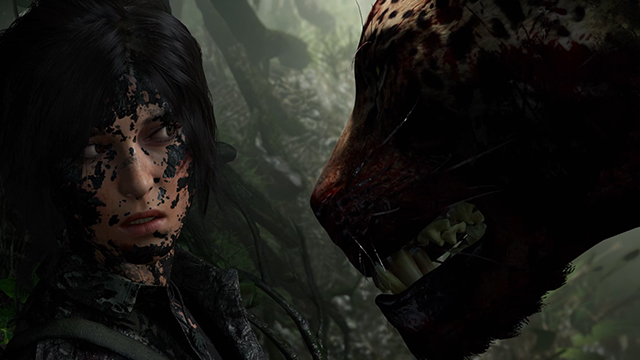GR: I never cared about the people in the first two games because I felt like I was being told to care and not shown why. This game has a few good character moments where Lara and Jonah are just sitting and talking, like when she pulls the parasite out of his arm. What was the impetus to add more of these kinds of…

Atlas is an action-rpg with rogue-like elements where you use your ability to control the ground to fight the enemies and move through procedurally generated worlds.










